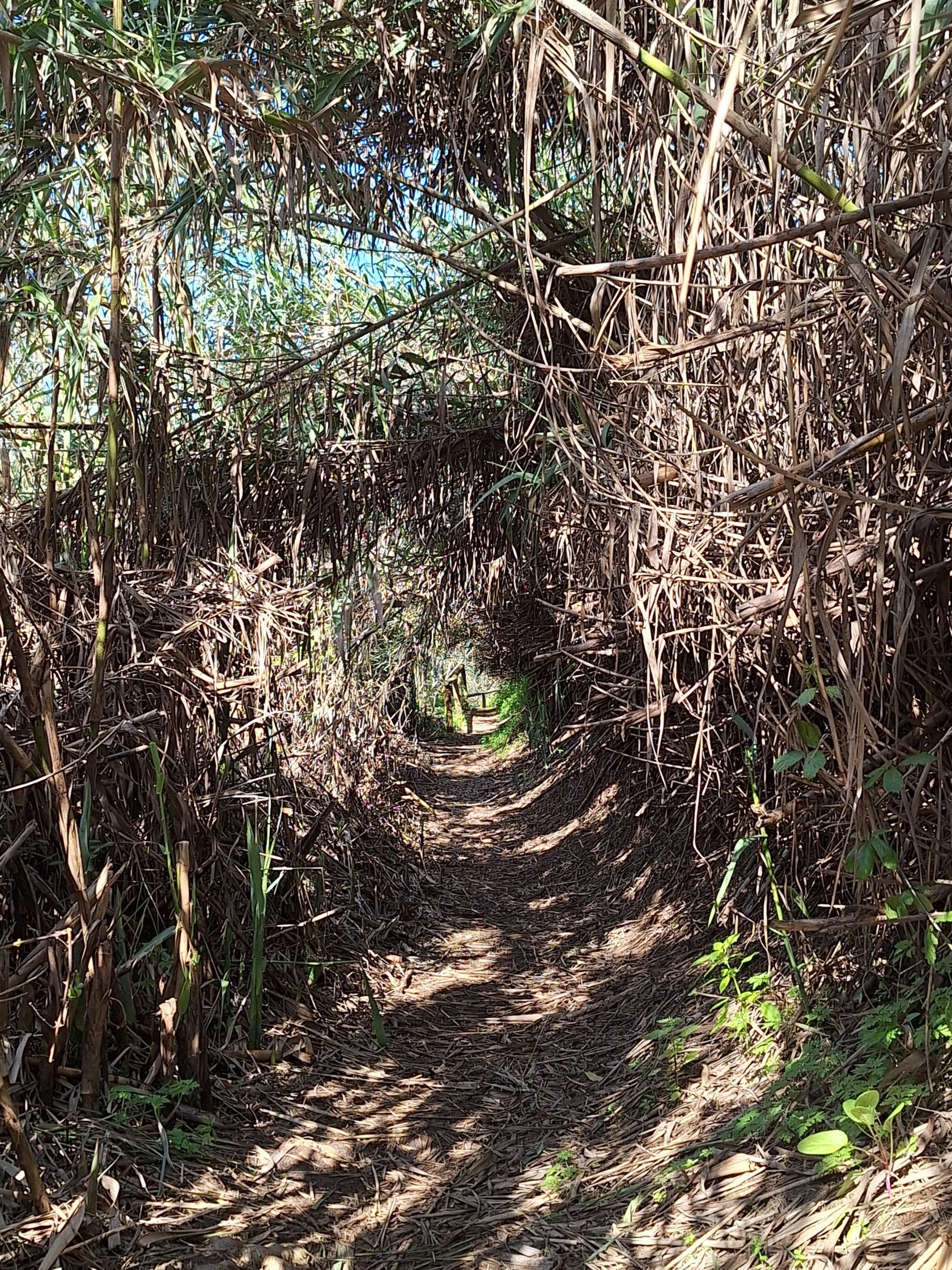In the heart of the Sudoeste Alentejano and Costa Vicentina Natural Park, lays ‘Praia da Amália’, a hidden beach, protected by hillsides and vegetation, and one of the best well-kept secrets in Odemira’s municipality. There are many factors which makes this specific beach a rare find - in regards to its beauty, its location, the history which surrounds it, or perhaps a blend of it all.
The beach features a vast golden sandy area, which diminishes in size when the sea level rises, turning it into a cosy little unknown paradise. Moreover, near one of the beach’s endings, you can find a stunning waterfall with spring water falling over the dark stones and finishing its journey in the sea. If you’re lucky you may even be able to spot some water snakes which inhabit the waterfall.

The beach itself is so isolated from the outside world that the only sounds you can hear are the birds flying by or the waves hitting the shore, and your phone is only needed to capture the sunset setting perfectly on the horizon, as no connection is available.

The trail
There are no signs indicating ‘Praia da Amália’ until you get to the beginning of the trail that leads to it. But if you’re looking for the easiest way to find this hidden gem then you should follow the road signs until you get to the small village of Brejão, keep following the road towards the sea until you come across a handmade sunflower – this is where you must turn right. The dirt road will then lead you to the starting point of the footpath.

‘Praia da Amália’ is breathtaking by itself, but one of the major unique things about this beach is the access to it – a journey that takes you along a narrow sea of vegetation that incorporates a nature-made reed tunnel. The track, which follows the bank of a stream, takes about 10 minutes and enables you to experience the peacefulness of the natural park.

Once you get to the end of the trail you are exposed, all of a sudden, to the bright blue of the sea, which lies a dozen meters below where you are standing, and which can only be accessed by a long set of stairs. The view is out of this world and the journey to the beach is without any doubt, as overwhelming as the beach itself - the combination of both is an unforgettable experience.
The history
You might be wondering why this untamed beach is known as ‘Praia da Amália’. The secret lies in its priceless past. Portugal’s most famous Fado singer, Amália Rodrigues, made the decision in the 1960s to purchase a property directly above the cliffs that face this beach, named ‘Praia da Assenha’ at the time so that she could construct her ideal vacation home.

Although construction works were not allowed in that area of the Costa Vicentina due to its protected status, an exception was made for Amália, who received all the support needed to proceed with her wish. Consequently, not only was she granted a beautiful plot of land of 12 hectares on which to build her house, but also the ownership of the beach.

However, as the caring person that she was, she gave permission for everyone to enjoy her beach, enabling them to access it through the trail mentioned above. Consequently, in recognition of her kind deed, the beach’s name was changed from ‘Praia da Assenha’ to ‘Praia da Amália’. Most people visiting the beach still don’t know that although free for every adventurous soul to explore, the trail belongs to Amálias’ property.

The Herdade da Amália
The property, named ‘Herdade da Amália’, is located two kilometres away from Brejão, and has been converted into guest accommodation. In 2019, António Filipe, a luso-Canadian with family ties to Amália, won a tender and assumed the management of Amália Rodrigues’ property in the Alentejo. Since then, he has dedicated his time to providing his guests with the most authentic experience of a simple life by the sea, in what used to be Amália’s favourite hideaway gem.

The main house on the property was built by Conceição Silva and features unusually high ceilings, in comparison with the traditional ‘Alentejana’ houses, enormous glass windows that strive to provide the greatest possible sea view, and a stunning garden full of daisies which Amalia herself planted. The 12-room accommodation still has Amália’s décor, such as paintings, furniture, and carpets, and one can enjoy her Fado playing in the background. The spacious living and dining rooms are united into an amazing open space, which invites for large group meals.

The property is also home to a splendid pool surrounded by lush grass facing the ocean and protected with a natural bush, which Amália requested to plant as a way of obtaining more privacy. Besides, it also possesses a historical watermill, older than the house itself. The whole property is so inviting, that once you get there, you won’t want to leave. Pet friendly, the accommodation has a henhouse and offers lunch and dinner services upon request – most of them prepared with ingredients from its own vegetable garden. As António revealed, citing what Amália used to say “This is where I’m happy, in between my flowers and my chickens”.
Contact: +351 961 649 407









